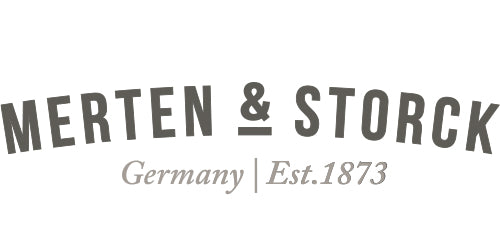If your recipe is going to be precise, yours tools should be, too. Our enameled iron is calculated and calibrated down to the millimeter—there are no bad batches. As a result, enameled iron is both thinner and stronger than traditional cast iron. That’s why 1873 Dutch oven is 30% lighter than the lightest premium cast iron ovens. We don’t need the weight.


